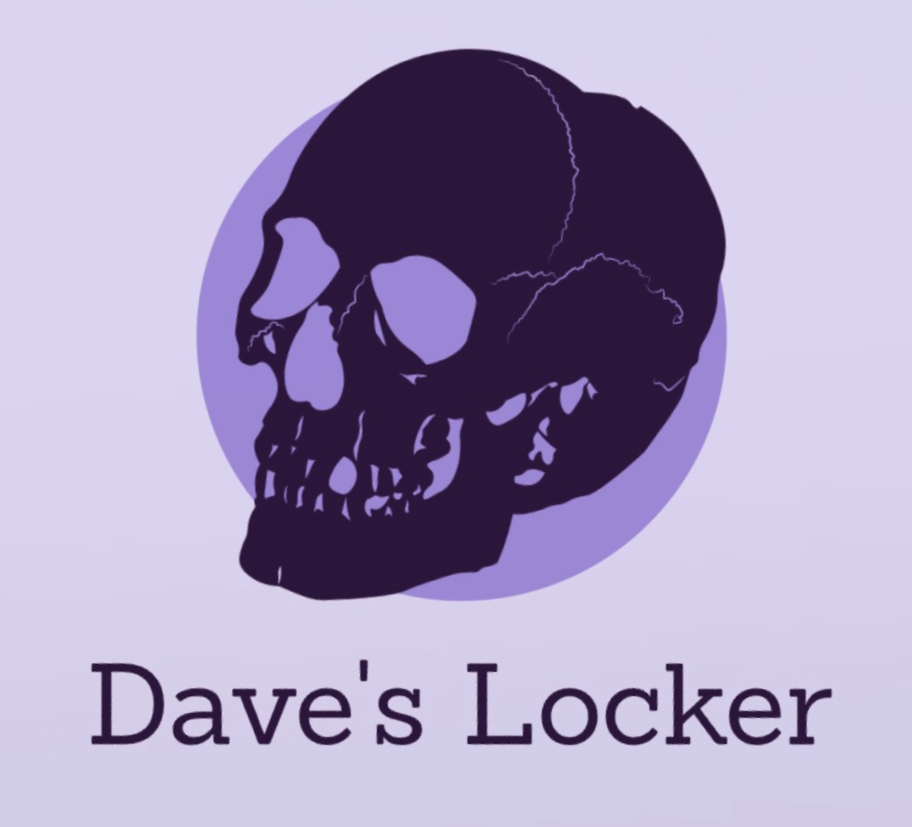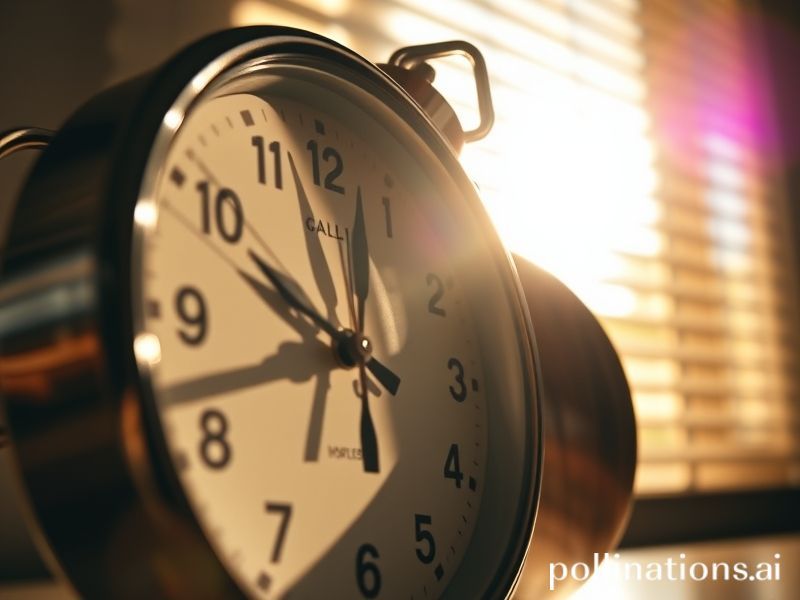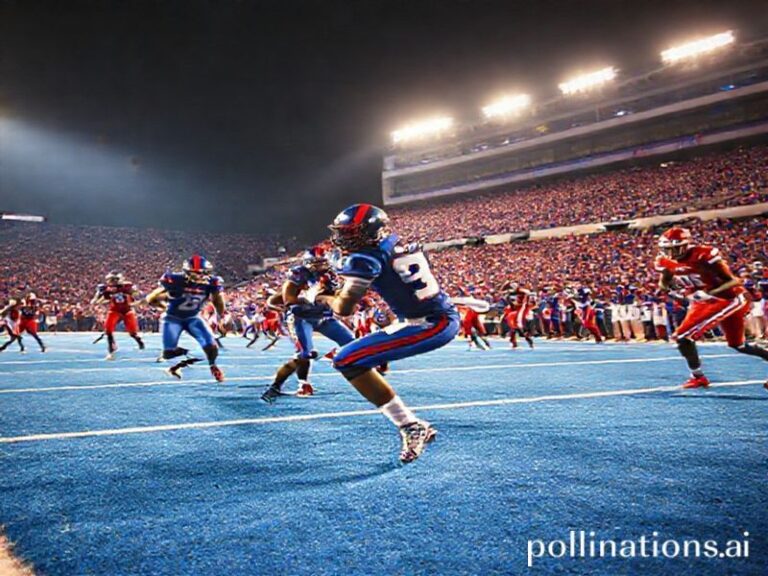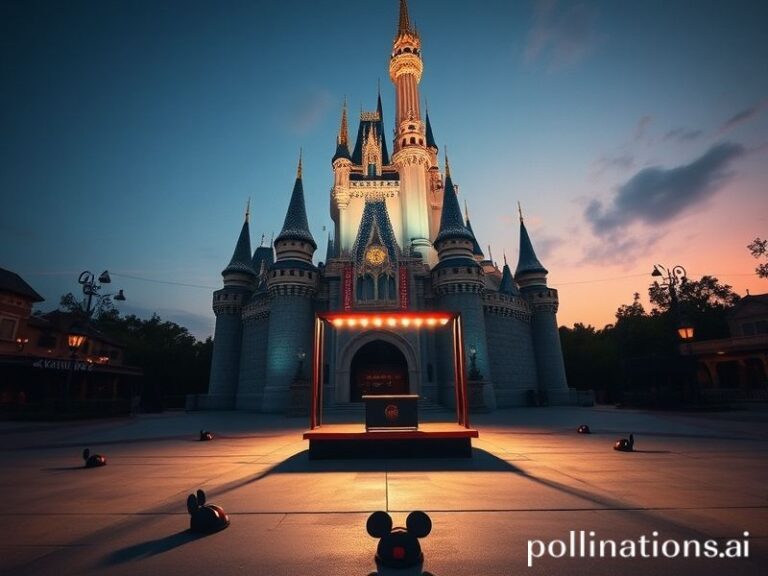daylight savings time
**Spring Forward, Fall Back, Repeat: Why Daylight Saving Time is the OG Viral Trend**
Alright, folks, let’s talk about the elephant in the room—or rather, the clock on the wall that’s always messing with us. Daylight Saving Time (DST), that biannual ritual of losing and gaining an hour, is trending globally, and it’s not just because we’re all collectively groaning about the time change. This age-old practice has become a hot topic, sparking debates, memes, and even legislative action. So, why is DST suddenly the talk of the town? Let’s dive in.
**A Brief History of Time (Changes)**
First, let’s rewind. DST was first implemented during World War I as a way to conserve energy by extending daylight hours. The idea was that more daylight in the evening would reduce the need for artificial lighting, thus saving fuel for the war effort. Fast forward to today, and we’re still playing this time-travel game, even though the original rationale is as outdated as a dial-up internet connection.
**The Cultural Context**
DST is like the ultimate cultural reset button. It’s a shared experience that transcends borders and time zones, uniting us in our collective confusion and caffeine cravings. It’s the reason why, twice a year, the internet collectively loses its mind, flooding social media with memes about lost sleep and the eternal struggle of adjusting to the new time.
In the U.S., the debate over DST has become a political hot potato, with states like Florida and California pushing to make DST permanent. Meanwhile, in Europe, the European Parliament has been grappling with the idea of scrapping DST altogether. It’s a global phenomenon, a worldwide game of time-travel tag that’s got everyone talking.
**The Social Impact**
The social impact of DST is as significant as it is divisive. On the one hand, DST is blamed for everything from increased heart attack rates to a surge in traffic accidents. On the other hand, it’s credited with boosting retail sales, reducing crime, and even improving mental health by providing more daylight in the evening.
But the most immediate social impact of DST is the collective grogginess that follows the time change. It’s like a global case of jet lag, where everyone is stumbling around, squinting at their phones, and wondering why their coffee isn’t working. It’s a shared experience that brings us together, even as it drives us crazy.
**Why It’s Significant**
So, why is DST trending now? For starters, it’s a topic that’s ripe for memes and viral content. The internet loves a good collective groan, and DST provides the perfect opportunity. But beyond the memes, DST is a topic that touches on broader issues like energy conservation, public health, and even political sovereignty.
Moreover, DST is a reminder of our relationship with time itself. In an age where we’re constantly connected and always on the go, DST forces us to pause and reset. It’s a reminder that, despite our technological advancements, we’re still subject to the whims of the clock.
**The Future of DST**
As for the future of DST, it’s anyone’s guess. With more and more states and countries pushing to make DST permanent or abolish it altogether, the debate is far from over. But one thing’s for sure: as long as we’re messing with the clocks, DST will continue to be a hot topic, a viral trend, and a collective headache.
So, the next time you’re grumbling about the time change, remember: you’re not alone. You’re part of a global phenomenon, a worldwide conversation about time, energy, and the eternal struggle of adjusting to the new hour. And who knows? Maybe one day, we’ll all wake up to find that DST is a thing of the past. Until then, enjoy the ride—and maybe invest in a better coffee maker.
—
**







